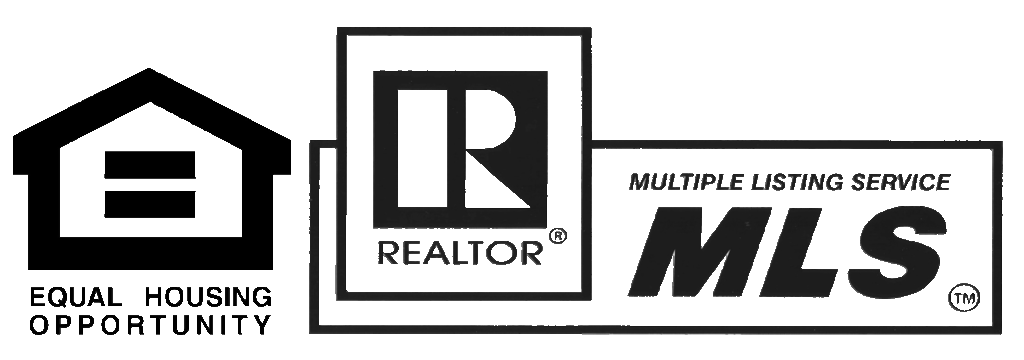Seven Costly Mistakes Sellers Make
There are many good ways to invest in real estate. Hopefully you got some of your insight from us.
There are a lot of mistakes sellers can get into when they put up their house for sale. There was a seller in Virginia who had a half bath that was originally placed at the front of his house. He thought that it would be better if it was moved to the back of the main level. All the other similar models had the powder room in the same place for the past 20 years. It cost him thousands of dollars to move it, thinking it will get his house off the market sooner, but it didn’t. It became an expensive mistake.
Sid Davis, a real estate broker and author of “A Survival Guide to Selling a Home,” points out seven costly mistakes that sellers often make with regards to selling their home. In my business, I’ve seen each one of these mistakes played out and it just makes me shake my head as to why, sellers forge ahead with unwise strategies, instead of listening to the voice of an experienced professional, he says.
Sid Davis, real estate broker and author of the book “A Survival Guide to Selling a Home,” points out seven costly mistkaes that sellers make with regards to selling their home. In my business, I’ve seen each one of these mistakes played out and it just makes me shake my head as to why, sellers forge ahead with unwise strategies, instead of listening to the voice of an experienced professional, he said.
- Mistake 1: Putting your home on the market before it’s ready. This usually happens because the seller is in a hurry to sell the house or the seller did not prepare early. And so, repainting is done while the house is shown. Or possible buyers view the house with a carpet that obviously needs to be replaced already. Presentation is vital. Prepare the home before putting it up for sale.
- Mistake 2: Over-improving the house for the neighborhood. Don’t make additions, bump-outs and upgrades that will make the house stand out from among its competition in a way that it becomes an anomaly rather than a good addition to the community.
- Mistake 3: Pricing the home based on what the seller wants to earn net. This is a bad pricing motivation. The sale price is dependent on the market climate and not on what the seller wants. Sellers can control the asking price but not the sales price.
- Mistake 4: Choosing an agent based on non-business factors. If you want to sell your house fast and with good terms, choose an agent because of their good track record, not because they’re your relative or friend.
- Mistake 5: Getting emotionallhy involved in the sale of the house. This is one of the biggest challenges that sellers face. When you decide to sell your home, you’ll need to think of your home as a commodity – prepare it as a commodity, market it as a commodity, and price it as a commodity. Many potential buyers will go to your house and scrutinize it. Don’t feel bad, they are only judging it based on their preferences.
- Mistake 6: Covering up or not disclosing problems. Most states have a property disclosure/disclaimer form. You can be sued for a leaky basement or wiring problems discovered 30 days after settlement.
- Mistake 7: Not getting your ducks lined up before you sell. This means getting your financing ready, making sure there’s no pre-payment penalties on your mortgage, monitoring your local market. If according to local market, you sell first before buying or vice vers, do the same.
Don’t fear making these mistakes. There are actually things you can do to avoid them. Learn from professionals who made resources like this for you to learn from.



